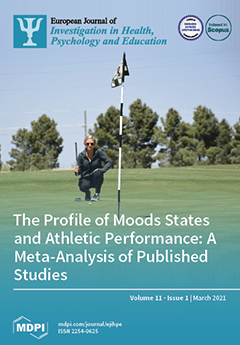Open AccessStudy Protocol
Immune Fitness and the Psychosocial and Health Consequences of the COVID-19 Pandemic Lockdown in The Netherlands: Methodology and Design of the CLOFIT Study
by
Pantea Kiani, Agnese Merlo, Hama M. Saeed, Sarah Benson, Gillian Bruce, Rosalie Hoorn, Aletta D. Kraneveld, Aurora J. A. E. van de Loo, Noortje R. Severeijns, Annabel S. M. Sips, Andrew Scholey, Johan Garssen and Joris C. Verster
Cited by 24 | Viewed by 4767
Abstract
This article provides an overview of the design and methodology of the “Corona lockdown: how fit are you?” (CLOFIT) study, including the questionnaires and scales that were included in the online survey. The aim of the CLOFIT study was to investigate the psychosocial
[...] Read more.
This article provides an overview of the design and methodology of the “Corona lockdown: how fit are you?” (CLOFIT) study, including the questionnaires and scales that were included in the online survey. The aim of the CLOFIT study was to investigate the psychosocial and health consequences of the coronavirus disease 2019 (COVID-19) pandemic in the Netherlands. The survey was conducted among the Dutch population to collect data on immune fitness and the psychological and health consequences of the 2019 coronavirus disease (COVID-19) pandemic lockdown in the Netherlands. The CLOFIT dataset contains measures from N = 1910 participants and is broadly representative of the Dutch general population. The dataset represents both sexes, a range of ages including the elderly, different education levels, and ethnic backgrounds. The cohort also includes people with a diverse health status and range of medication use.
Full article
►▼
Show Figures






